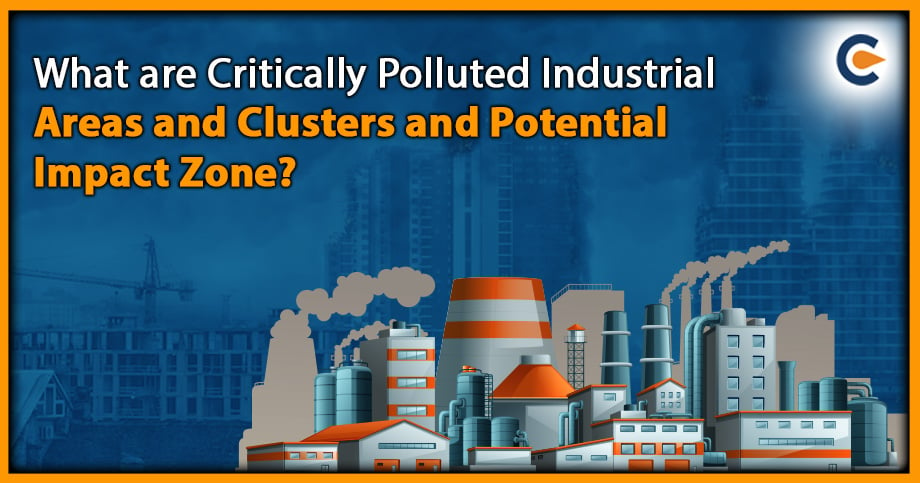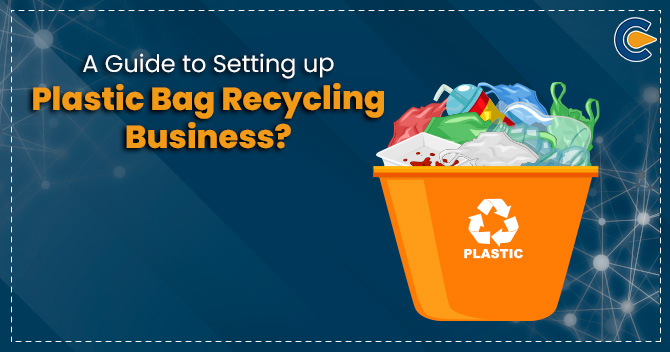Critically Polluted Industrial Areas (CPIAs) in India are those industrial clusters that have been identified as having a very high level of pollution, which poses a threat to human health and the environment. The Comprehensive Environmental Pollution Index (CEPI) has been developed as a tool to assess and categorize industrial clusters in terms of priority of attention. The CEPI is calculated based on the air, water, and land pollution levels around the industrial area and health-related statistics. The revised CEPI criteria have been proposed, eliminating subjective factors and retaining factors that can be measured precisely. Over time, proposals were received to revise the CEPI assessment criteria from SPCBs, State Governments, Industrial Associations, and concerned Stakeholders. The revised CEPI Version 2016 was developed after considering these suggestions, eliminating subjective factors and retaining the factors that can be measured precisely.
Critically Polluted Industrial Areas / Clusters (CEPI Scores >70)
| State | Industrial clusters | CEPI |
| Andhra Pradesh | Visakhapatnam | 70.82 |
| Patancheru-Bollaram | 70.07 | |
| Chhattisgarh | Korba | 83.00 |
| Delhi | Nazafgarh drain basin | 79.54 |
| Gujarat | Ankaleshwar | 88.5 |
| Vapi | 88.09 | |
| Ahmedabad | 75.28 | |
| Vatva | 74.77 | |
| Bhavnagar | 70.99 | |
| Junagarh | 70.82 | |
| Haryana | Faridabad | 77.07 |
| Panipat | 71.91 | |
| Jharkhand | Dhanbad | 78.63 |
| Karnataka | Mangalore | 73.68 |
| Bhadravati | 72.33 | |
| Kerala | Cochin | 75.08 |
| Madhya Pradesh | Indore | 71.26 |
| Maharashtra | Chandrapur | 83.88 |
| Dombivalli | 78.41 | |
| Aurangabad | 77.44 | |
| Navi Mumbai | 73.77 | |
| Tarapur | 72.01 | |
| Orissa | AngulTalchar | 82.09 |
| Ib valley | 74.00 | |
| Jharsuguda | 73.34 | |
| Punjab | Ludhiana | 81.66 |
| MandiGobindGarh | 75.08 | |
| Rajasthan | Bhiwadi | 82.91 |
| Jodhpur | 75.19 | |
| Pali | 73.73 | |
| Tamil Nadu | Vellore | 81.79 |
| Cuddalore | 77.45 | |
| Manali | 76.32 | |
| Coimbatore | 72.38 | |
| Uttar Pradesh | Ghaziabad | 87.37 |
| Singrauli | 81.73 | |
| Noida | 78.9 | |
| Kanpur | 78.09 | |
| Agra | 76.48 | |
| Kanpur | Varanasi-Mirzapur | 73.79 |
| West Bengal | Haldia | 75.43 |
| Howrah | 74.84 | |
| Asansol | 70.2 |
CEPI Score
The Comprehensive Environmental Pollution Index (CEPI) is designed to serve as an early warning mechanism for identifying industrial clusters or areas that require immediate attention. To determine the CEPI score, the Central Pollution Control Board (CPCB) has established a methodology that assigns a score to various environmental components based on the degree of pollution. The scoring system employs an algorithm that considers the fundamental selection criteria. This approach is based on the basic hazard assessment logic summarized below.
Hazard = pollutant source, pathways, and receptor
CPCB has calculated CEPI for identified industrial clusters based on air, water, and land separately.
- The scoring system involves an algorithm based on the pollutant, pathway, and receptor factors.
- To eliminate subjectivity, a revised concept of CEPI has been proposed by removing debatable factors but retaining those that can be precisely measured.
- The revised concept of CEPI will keep the existing Source, Pathway and Receptor algorithm.
- The health component has also been retained in the revised concept, as suggested by the Secretary, of MoEFCC[1], during a meeting held in MoEF.
Outlines of revised CEPI 2016 criteria
The outlines of the revised CEPI criteria are as follows:
- The revised CEPI will be developed based on sources of pollution, real-time observation of pollutants in air, surface water, and groundwater, and health-related statistics.
- To assess the environmental quality of the area, a surrogate number called SNLF will be used as a function of the percentage sample Exceedance and Exceedance Factor.
- The health component of the revised CEPI will be evaluated based on health data from major hospitals in the area.
CEPI Score for Critically Polluted Industrial Areas
An individual environmental component (air, water, etc.) is assigned a Sub-Index Score.
- A Sub-Index Score above 63 indicates a Critical Level of Pollution in the respective environmental component, while a score between 51-63 suggests severe to critical pollution.
- The Cut-off score for a Severely Polluted Industrial Cluster/area is 50, while for a Critically Polluted Industrial Cluster/area, it is 60.
- Aggregated CEPI score, which includes the sub-index score of all environmental components, is used to assess the overall environmental quality of the area.
- An Aggregated CEPI score above 70 indicates a critically polluted area, while a score between 60-70 suggests severe pollution.
Requirements to start an industry in aCPA
Mitigation measures to be adopted by the Industries in Critically Polluted Industrial Areas
| Environmental Aspect | Mitigation measures |
| Air | Stack emission levels should be more stringent than the existing standard CEMS may be installed in all large, medium red category industries that are air polluting and connected to the CPCB and SPCB serversEffective fugitive Emission control measures must be imposed in the process of transportation or packagingTransportation of material by rail or conveyor belt, wherever feasibleEncourage the use of cleaner fuel and avoid the use of Pet coke/ furnace oil/ LSHS may be avoidedUse of best and supercritical technologies such as EAF/SAF/IF in place of a cupola furnace.Increase green belt cover by 40 percent of the total land area beyond the permissible 33 percent, wherever feasible.Stipulation of greenbelt outside the project premises.Assess the carrying capacity of transportation load on roads inside the industrial premises. |
| Water | Reuse and recycling o if treated wastewater wherever feasibleContinuous monitoring of effluent quality/ quantity in large and medium red category industryA detailed water harvesting plan may be required to be submittedZero-liquid discharge wherever techno-economically feasibleIn case domestic wastewater generation is more than 10 KLD, the industry must install STP |
| Land | Increase green belt cover by 40 percent of the total land area beyond the permissible 33 percent, wherever feasible for new projects. Stipulation of greenbelt outside the project premises. Dumping of waste (fly ash, slag, red mud etc.) may be permitted only at a designated location approved by SPCBs/ PCCs. More stringent norms for managing hazardous waste and its co-processing wherever possible. |
| Other conditions (Additionally) | Monitoring of the compliance of EC conditions may be submitted with a third-party audit every year. The % of CER should be at least 1.5 times the slabs given in the OM dated 1.5. 2018 for SPA and two times for CPA in case of Environment Clearance. |
Documents Required to start an industrial unit in a Critically Polluted Industrial Area
Documents required to start an industry in a Critically Polluted Industrial Area are as follows.
- Consent to Establish (CTE) and Consent to Operate (CTO) from State Pollution Control Board (SPCB)
- Environmental Impact Assessment (EIA) Report
- Environmental Management Plan (EMP)
- Hazardous Waste Manifest Report
- Water Analysis Report
- Air Quality Analysis Report
- Soil Analysis Report
- Environmental Audit Report
- Health survey reports from major hospitals in the area
- Information on industrial processes, raw materials, and products used in the industries
- Pollution monitoring data and reports from the industries
Conclusion
Critically Polluted Industrial Areas are the industrial clusters that have been identified as having a very high level of pollution, which poses a significant threat to human health and the environment. The CEPI score and sub-index scores are used to assess the pollution level in industrial clusters, and the cut-off score is used to categorize them as severely or critically polluted. The documents required for assessing CPIAs include industry-specific data, environmental data, health data, and other relevant documents. Effective implementation of pollution control measures, strict monitoring, and regular assessment of industrial clusters is necessary to prevent further deterioration of the environment and public health.











